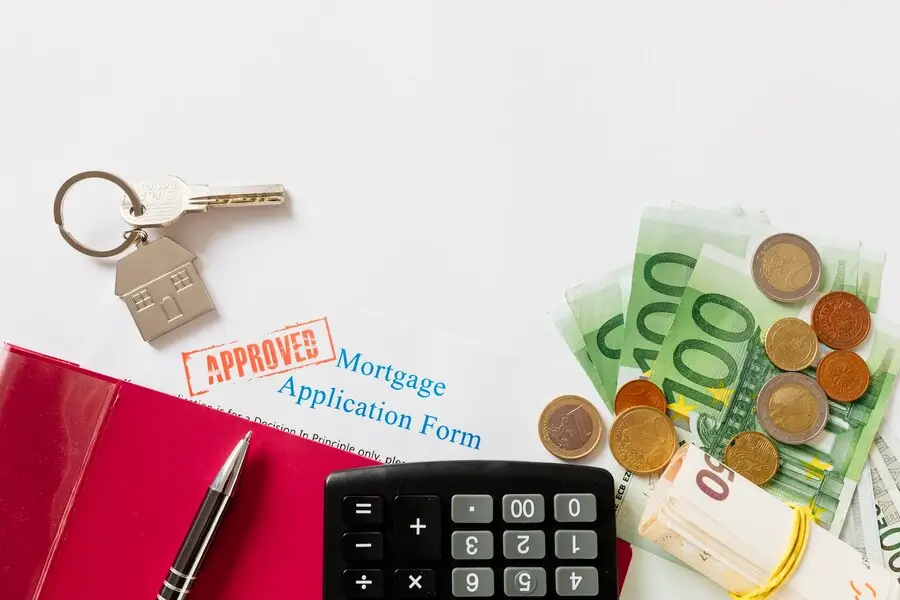Appraisal vs. Inspection: What is the Difference When Buying a Home?
When you are buying a home, two terms you will often hear are home appraisal and home inspection. They are both important steps in the process — but they serve very different purposes.
Let’s break down what each one is, who needs them, what they cost, and what happens if issues arise.
What Is a Home Inspection?
A home inspection is a detailed review of a property’s condition. It is usually arranged by the buyer after the seller accepts an offer. The purpose of an inspection is to help the buyer uncover potential issues and avoid unpleasant surprises after closing. A licensed home inspector will assess:
- Foundation and structure.
- Roof and attic.
- Plumbing and electrical systems.
- Heating and cooling systems.
- Appliances and overall safety concerns.
While not required by lenders, an inspection is one of the smartest investments a buyer can make. Having an inspection gives you negotiating power and peace of mind.

What Is a Home Appraisal?
An appraisal determines the market value of the home. This step is essential if the buyer is getting a mortgage loan. The purposed of an appraisal is to protect the lender by ensuring the home’s value supports the loan amount, which is why appraisals are typically required by lenders.
A licensed appraiser considers:
- Comparable home sales in the area.
- Property location.
- Size, condition, and features of the home.
If the home appraises for less than the purchase price, it can impact financing. Appraisals are optional for cash buyers, but still a good idea.
Who Orders the Appraisal and Inspection?
- Appraisal: Ordered by the lender after the loan application is underway.
- Inspection: Ordered by the buyer, usually right after the offer is accepted.
You choose your inspector. The lender chooses the appraiser from a pool of approved professionals.

Can I Waive the Appraisal or Inspection?
Whether you can skip an appraisal depends on the type of loan you are using:
Conventional Loans (Fannie Mae/Freddie Mac):
- In some cases, you may qualify for an appraisal waiver through automated underwriting systems (AUS). Waivers are more common if:
- You are putting at least 20% down (for purchases).
- You are refinancing with strong equity.
- The property is a single-family home (condos, multi-units, and new construction often do not qualify).
- Not guaranteed — the system reviews each file in detail and determines eligibility case by case.
VA/FHA/USDA Loans:
Appraisals are always required by the Department of Veterans Affairs, Federal Housing Authority and the US Department of Agriculture. The home must meet minimum property standards in addition to market value.
What If the Appraisal Comes Back Low or With Issues?
If the appraised value is lower than the purchase price, here is what can happen:
- The buyer may renegotiate the price.
- The buyer might pay the difference in cash.
- The deal could fall through if no agreement is reached.
If the appraiser notes safety or structural issues, the lender may require repairs before approving the loan.
What If the Inspection Finds Problems?
If the home inspection reveals issues like a leaky roof, mold, faulty wiring or anything else:
- The buyer can ask the seller to make repairs.
- Request a credit or price reduction.
- Or walk away, depending on the contract terms.
Inspections give you the upper hand — they are a key negotiation tool.

What Are the Costs for an Appraisal and Who Pays for It?
Appraisal costs can vary based on location, property type, and the loan program being used. In general, appraisals cost between $300 and $800+, but specialized loans like FHA, VA, or USDA may come with different appraisal requirements — and potentially higher costs.
Why the Differences?
- FHA and USDA appraisals often cost more because they must ensure the home meets minimum property standards in addition to assessing market value. The appraiser may need to inspect things like handrails, peeling paint, or water damage — which is not the case with standard conventional appraisals.
- VA appraisals are ordered through the VA’s own system (known as The Appraisal Management System), and they must be completed by a VA-approved appraiser. Costs vary by state but are typically capped — however, they can be higher due to demand or complexity.
Who Pays for the Appraisal?
- Typically, the buyer pays for the appraisal as part of their loan closing costs.
- It is usually paid upfront, once the lender orders it — generally after your loan application is underway.
Bottom Line: Do I Need Both?
Yes — for most buyers, especially with financing, you need both.
- The appraisal protects the lender.
- The inspection protects you.
Skipping an inspection to save a few hundred dollars could cost you thousands later. Meanwhile, the appraisal ensures you are not overpaying for the property and helps your financing stay on track. Both steps help you buy your home with confidence.
Have questions about the appraisal or inspection process? Reach out to me at 312-296-4175 or email me at connect@borislending.com — I am here to help you make informed, confident decisions during your homebuying journey. I lend in all 50 states and I am never too busy for your referrals!!
I have been in the mortgage industry since 1997 and I understand the anxiety that comes with making the most expensive investment of a lifetime. My objective is to be your advisor, to educate you and to make the mortgage loan transaction as transparent and as stress-free as possible. I enjoy establishing personal connections and work mostly by referral. I thoroughly explain the process and available options, and guide my clients to make choices that best fit their needs and financial goals. Once the underwriting begins I communicate regularly and keep my clients apprised of the loan status from the beginning through the end. My relationship with clients does not end at the closing table. You are my client for life and I am always available to answer your questions and provide you with guidance.
